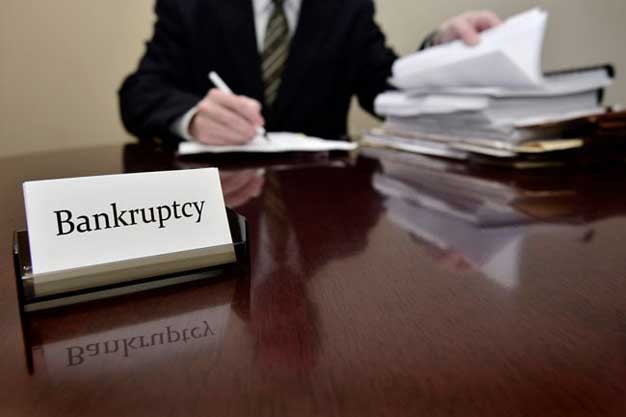In case any company or an individual has large debts that can not be repaid, are behind in their mortgage payments, and is in danger of foreclosure, under all of these situation bankruptcy is declared.
Life after bankruptcy may offer a new start, but an individual must have a lot of repair work to do with the credit, which has mostly taken a huge hit during the process of bankruptcy. One good news is that there are many alternative ways to bounce back after bankruptcy. But, recover bankruptcy takes a lot of time and effort. Recovering the credit after bankruptcy is not an easy task, but recover bankruptcy is a second chance go a bit little more smoothly.
Monitor credit report
After an individual emerged from bankruptcy, it is important to keep an eye on the credit report. The activities of credit reports determine credit scores, so it is important to monitor them.
One can fetch free credit reports from annualcreditreport.com and can compare activity from all three of the main credit bureaus like Experian, Equifax, and TransUnion.
Checking the credit report of an individual also helps to ensure that all the eligible debt included in the bankruptcy is noted as such on the date of the report rather than hanging out there as an unpaid debt which may continue to affect the credit.

Avoiding high-interest products and scams
After an individual or company declares bankruptcy, they can find subprime lenders and loan companies that peddle high-interest products to individuals.
Instead of focusing on making sure in a position where one can afford all their bills. If anyone needs to borrow money, it is necessary to look for other sources like borrowing from loved ones or credit unions that offer second chance programs.
Saving bankruptcy paperwork
Once the bankruptcy case of any company or an individual is completed, it may be tempting to toss the paperwork into the trash can to try to forget about it.
However, one may need to provide the required documents if, for instance, a collection agency contacts regarding a debt that was waived off in the bankruptcy case. In those instances, one can provide the bankruptcy paperwork as proof that the debt was discharged. It is also needed to provide the documents when applying for credit accounts just like a mortgage loan.
Keep steady with home and job
After bankruptcy, it is advisable to keep a stable job and consistent residence as a way to demonstrate to creditors that individuals are reliable.
Many lenders consider the income and employment history in the case of providing credit accounts because they want to know if an individual is capable to repay the loan. Having gaps on the resume of an individual can leave an impression on lenders of a risky borrower.
Likewise, regular living at the same residence may also demonstrate that an individual may be a reliable borrower. In the eyes of some lenders, it can be concluded that one can pay the mortgage or rent bill on time and therefore might repay the loans in the same manner.
